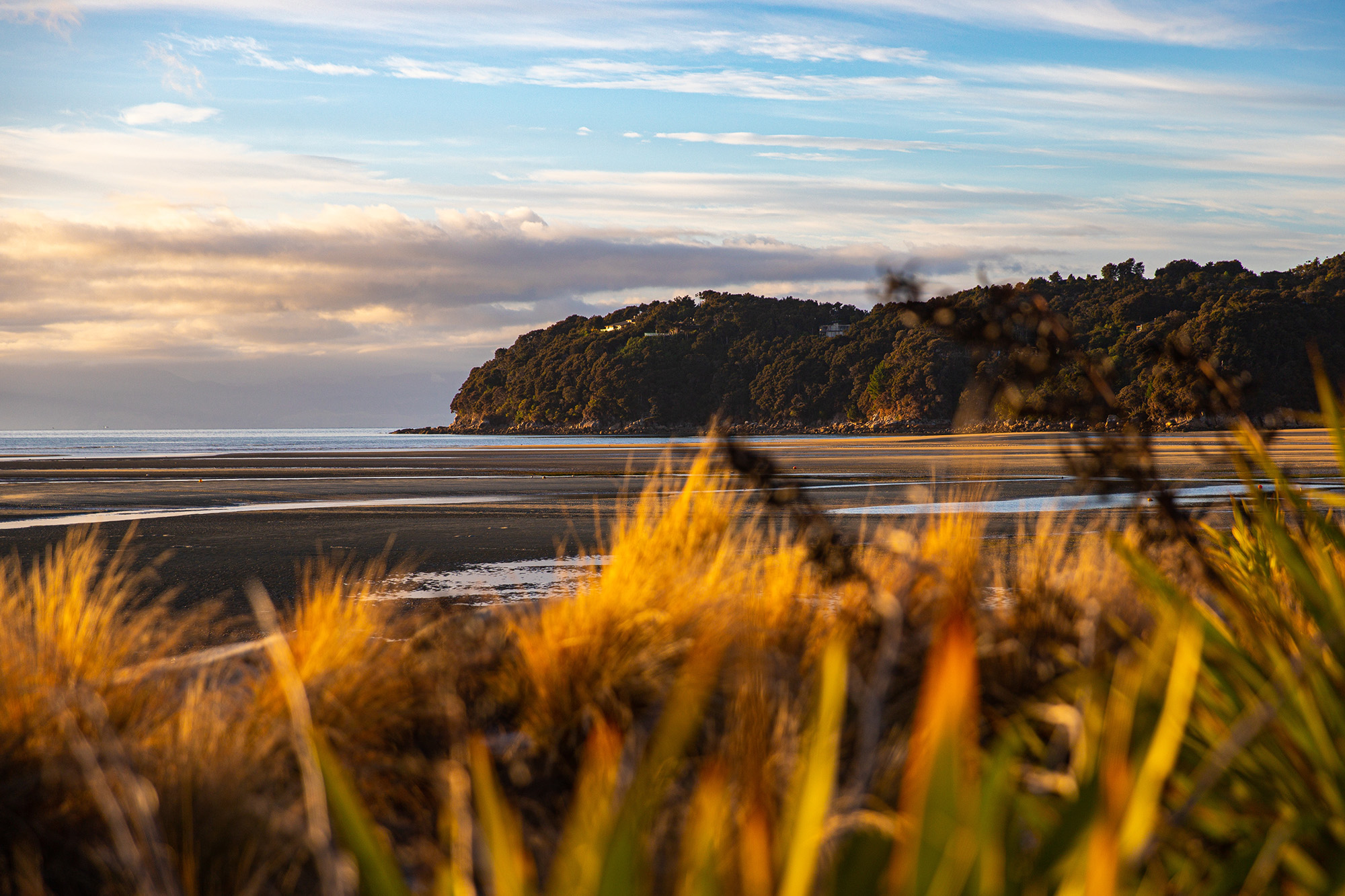Here are some ways to help cut back on food waste in the kitchen with bestselling author and home cook Melissa Hemsley.
Good caught up with Hemsley to talk about her book Eat Green and her tips for reducing food waste and sustainable eating.
What are some ideas to reduce food waste?
It really can start small and you can start today. Cook a simple recipe from scratch. Grab a bowl and as you cook, throw in everything that you’d normally put in the bin, from veg scraps to the leftovers at the end of the meal. Could you make stock with those peelings? Could your blitz those extra greens into a lovely pesto or a creamy sauce? Could you make extra and freeze the rest for a rainy day?
Get inspired by your fridge, start to use your freezer more and take a good look in your bin and see if there’s anything surprising in there! What can really go wrong? Some of the best and tastiest dinners I’ve ever made have been ‘fridge raids’ and lots of the recipes in Eat Green have come from this. Next time you’re hungry, take a good look in the fridge – can you make a soup, stir-fry, perhaps a frittata with what you’ve got? The chances are you can make one of these delicious dinners.
Eating for the planet is not about overhauling our entire kitchen and suddenly being 100 per cent sustainable and 100 per cent perfect all of the time. Focusing on small, achievable daily changes is the best way we can realistically make an impact long-term in a way that is sustainable and enjoyable for all of us.

Why is sustainability and ethical food your mission and what does it mean to you?
I’ve spent years cooking and writing recipes for a living, I’ve written four cookbooks and I’m incredibly lucky to have an amazing community of people who give me their feedback and share with me everyday how they cook and eat.
It got me thinking – lots of you (just like me) are feeling overwhelmed and anxious about the state of our planet and want to make food choices that can make a positive difference.
Eat Green was two years in the making, and it’s the result of many more years of asking those questions: How can I eat in a way that’s sustainable? How do I eat more seasonally? How can I champion more local veg at the centre of my plate? How do I support small farmers? How do I buy better quality meat and fish? What can I do about cutting my food waste?
I wanted to write a cookbook that would answer all of those questions and more, and over my years of cooking and eating, I’ve experimented, researched and challenged myself over and over again. It’s been a big learning curve and it’s still ongoing – I’m not claiming to be 100 per cent perfect! Eat Green is a result of all of that and why I’ve crammed it with over 100 time-saving, stress-free recipes (because I know how difficult it can be to make greener choices when we’re pushed for time and money!) as well as tonnes of advice that will help you to make greener – and importantly, delicious – choices every day.
What inspired your passion for sustainable eating and cooking?
My Filipino mum is a great cook – nothing fancy and no recipes, just good home-cooked food. She was, and still is, the ‘Queen of Leftovers’ and I’ve been lucky to have grown up with a huge variety of foods – often hybrids on British and Asian dishes – that were delicious, comforting and nourishing.
Often on a Sunday, the fridge was emptied into the soup pot – to this day soup is my favourite of comfort dishes – and she always got it to taste delicious. She taught me the best cooks don’t waste a thing. She won’t go out food shopping until she’s cleared the fridge first and that’s a key lesson I learned when I started to cook for myself.
I’ve always been an adventurous eater. I have an eclectic way of cooking thanks to the way my mum cooked (often a hybrid of Asian and British dishes) so when I left home at age 18, I missed Mum’s home-cooking so much I taught myself to cook, asking Mum for advice and seeking out recipes to cook for friends who were letting me stay with them in London while I was working my first job and I’d thank them by making them their dinner. From the time I started cooking for myself, I’ve taken on mum’s waste-free approach, reinventing leftovers, raiding my fridge and seeking out in-season foods, which have dictated how I cook – simple and seasonal, feel-good and delicious. Mum’s always right!

What are your top tips for creating a balanced lifestyle diet?
Rather than following a specific diet or trying to fit into food boxes, I’m pro a relaxed way of eating that is flexible in how we buy, cook, enjoy and use up food.
I’m a big believer in flexible eating (some coin it flexitarianism), which is what my cookbook, Eat Green is about.
Balance really is the key here! If you want to eat in a way that is more planet-friendly but you don’t want to cut out meat or you still like eating avocados now and then, that’s ok! Flexible, planet-friendly eating is for everyone – whether you eat quality sourced meat, fish or dairy or not at all.
I wrote Eat Green with that in mind because I realise that for some, cutting out animal products or eating only local food all year round is neither sustainable nor realistic, and there are many different ways, including cutting right back on our food waste, we can make greener food choices that feel right for us and which we most importantly can get behind and sustain in the long term. That’s why I’ve absolutely stuffed Eat Green with flexi tips, waste-cutting advice and easy-to-adapt, nourishing, feel-good, beautiful recipes to give you the confidence to take these small steps each time you cook. And remember, you don’t have to tick all the boxes every time – it’s a journey and doesn’t need to be perfect.
Start making changes that feel right for you. That could be switching up the variety of vegetables you eat (the more the merrier!) and confidently embracing more delicious local, seasonal produce at the centre of our plate a few times a week. For anyone who would like to eat more seasonally and connect more with nature in that way, you’ll find a Guide to the Seasons double page spread in Eat Green – take a pic of it so you have it to hand when you’re shopping.
It could mean eating less but better quality meat and fish (if we choose to eat it at all). I give my tips and flexi recipes for choosing the under-loved and less fashionable cuts that often get wasted – try my recipe for Filipino Pancit Party Noodles with Five-Spice Chicken Wings or my absolutely delicious Scotch Broth with Lamb Neck. The vegetables are the main event in both dishes and can be made vegetarian too with still bags of flavour intact!
It could also mean being flexible in how we use up food, finding new ways to shop from our fridge and cupboards (my Fridge Raid Frittata, Clear The Fridge Curry, Fruit Bowl Bake (using up over ripe bananas and bruised apples) and Tahini Choc Chip Cookies are always a hit) so that we can cut food waste and plastic packaging, all while keeping meals interesting, satisfying and never boring.






